Diversification through Rotation, Intercropping and Multiple cropping (DRIM)
Field experiment 6, Sweden
Trial location and duration
Alnarp, SITES Lönnstorp, Sweden. Latitude: 55° 39′ 21″N, Longitude: 13° 03′ 30″E. Elevation of 7.0 m.a.sl.
Trial duration: 2017- 2023 (and probably beyond)
Objectives and research question
Current organic crop production in southern Sweden relies heavily on external inputs of organic nitrogen inputs. The inputs are not only becoming more expensive but also difficult to access. Furthermore, weeds competing for resources and relatively low resource-use-efficiency of the system due to nutrient losses and long period of bare soil during autumn-winter periods compounds the problems. The field experiment aims to reduce external nitrogen input, weed pressure and increase resource-use-efficiency by incorporating legumes as intercrops and multi-species cover crops in the rotation.
Experimental design
The field experiment consists of two crop rotations of six years (Reference and Diversified systems, see below figures) which were co-designed by farmers, advisors and researchers with the above aims. All crops are grown in each year in plots of 6x15m and in four replicates in a randomised block design.
Main findings and highlights
- Despite lower N-input in the diversified system, grain yields recorded have so far been similar or greater than the high-input reference system.
- Weed pressure is lower in the diversified system than the reference system.
- Intercropping with oat reduced lodging of pea crop in the diversified system.
- Soil C, N and biodiversity will be measured in coming months of 2022
Main challenges
- Requires extra labour/work to manage (sowing, harvesting) the diversified system
- Finding optimal seeding proportion in intercrops to reduce competition/dominance between the crops
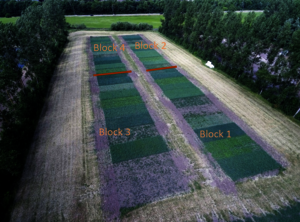
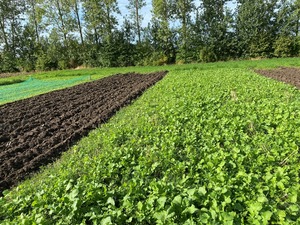

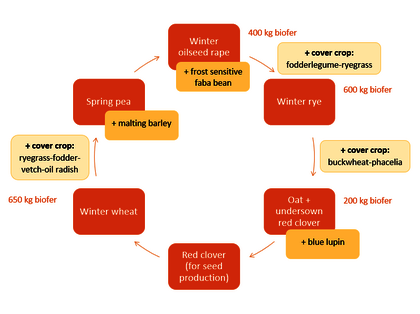
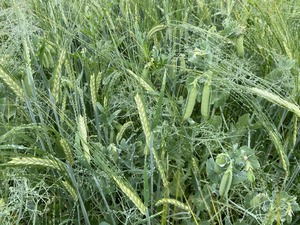
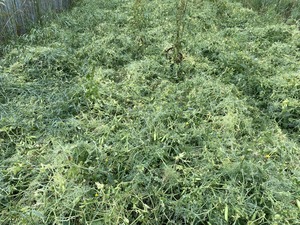
 tap and then scroll down to the Add to Home Screen command.
tap and then scroll down to the Add to Home Screen command.